Symptoms:
- A collapsed lung feels like a sharp, stabbing chest pain that worsens on breathing or with deep inspiration. This is referred to as “pleuritic” because it comes from irritation of nerve endings in the pleura (inner lining of the rib wall). Interestingly, the lung tissue itself does not contain pain-sensing nerve endings.
- Pain often radiates to the shoulder and or back.
- A dry, hacking cough may occur because of irritation of the diaphragm.
- If a tension pneumothorax is present, signs of cardiovascular collapse and shock will occur. This is immediately life threatening.
- The large veins in the neck may stick out, or the skin may be a bluish color because of lack of oxygen (called cyanosis). The pulse may be rapid and the blood pressure decreased. The person appears quite anxious and may have difficulty speaking. If untreated for more than several minutes, loss of consciousness, shock, and death occur.
When to Seek Medical Care for a Collapsed Lung
A doctor should be seen after any symptoms of chest pain are experienced, because of the possibility of other equally or more serious causes of chest pain.
- After blunt trauma to the chest, such as a fall on the ribs, a doctor should be seen if you have any shortness of breath or pain associated with breathing.
- If blood is coughed up (hemoptysis) after chest trauma or rib injury, this can be a sign of a more serious condition and should be treated by a doctor.
- Penetrating trauma to the chest can fracture ribs or directly cause a collapsed lung. The penetrating trauma may be caused by any of the following:
- Stab wound from a sharp object
- Gunshot wound
- Blunt trauma that breaks a rib that punctures into the lung space.
- Any collapsed lung can rapidly deteriorate into the immediately life-threatening tension pneumothorax.
How Do Doctors Diagnose a Collapsed Lung?
Examination of the chest by listening with a stethoscope and tapping techniques can suggest pneumothorax. If a tension pneumothorax is present, the signs that can occur are:
- The blood pressure will fall as the result of decreased heart output.
- Cyanosis or blueness of the skin will occur as the tissues lose their oxygen.
- Decreased levels of consciousness may occur because of the low blood pressure, decreased brain perfusion, and low oxygenation.
- Definitive diagnosis is made with chest X-rays.
- A very small pneumothorax can be missed on routine chest X-ray.
- The doctor may take multiple films, including X-rays in full expiration, or even a CT scan of the chest, to look for a collapsed lung.
What Are the Types of Collapsed Lung (Pneumothorax)?
There are two types of pneumothorax, tension and simple.
Tension pneumothorax
- This refers to a condition in which air builds up under pressure and usually totally collapses one or both of the lungs. This causes severe dysfunction of the cardiovascular system.
- The pressure built up in the lung cavity slows or stops the return of blood to the heart from the veins. Because the heart has less blood available to pump into the main arteries, blood pressuredrops, and other vital organs are rapidly affected.
- In an affected person does not receive emergency treatment, death may result.
Simple pneumothorax
- In a simple pneumothorax, there is usually only partial collapse of a lung. The pressure built up in the lung cavity is not enough to cause cardiovascular dysfunction.
- The partially collapsed lung may be severe enough to lead to decreased amounts of oxygen in the blood and shortness of breath.
- This type of pneumothorax can be small and “stable,” and not require emergency treatment. However, the pneumothorax may slowly or rapidly progress to cause more severe cardiovascular impairment and may often need to be monitored.

What Causes Collapsed Lung?
The primary cause of a pneumothorax is trauma to the chest cavity. A fractured rib, for example, could puncture the lung. Moreover, penetrating trauma from a bullet, knife, or other sharp object can directly puncture the lung.
Who is at risk for pneumothorax?
- Sometimes, very tall, thin people are prone to a spontaneous pneumothorax. In this condition, the lung collapses after minimal or no trauma.
- Other risk factors are cigarette smoking and recreational drug use or abuse.
Spontaneous pneumothorax
- This refers to a condition in which the lung collapses with no apparent injury or trauma.
- Abnormal, small, air-filled sacs in the lung called “blebs” typically rupture and leak air into the pleural space, leading to the spontaneous pneumothorax. This happens in the cases of tall and thin people, who because of the shape of their lungs and chest cavity, are seemingly more prone to these defects.
- Shortness of breath and sharp, stabbing chest pain develops in apparently healthy people.
- Cigarette smokers are at greater risk for spontaneous pneumothorax.
- Recreational drug users who inhale deeply and forcefully are also at greater risk.
Traumatic pneumothorax
- Direct trauma to the chest wall from either blunt or penetrating trauma causes this condition.
- Trauma also can come from diagnostic or therapeutic medical procedures that can result in a punctured lung such as needle aspiration of fluid from the pleural space, a lung biopsy, or insertion of a large IV catheter into a vein near the neck.
Disease-related pneumothorax
Disease-related pneumothorax can occur due to abnormalities in the lung tissue.
- A collapsed lung can arise as a complication of the following conditions:
- Asthma
- Cystic fibrosis
- Chronic obstructive pulmonary disease (COPD), for example, emphysema or chronic bronchitis
- Pneumocystis jirovecii pneumonia (PCP), an opportunistic infection of the lungs often seen in people with AIDS.
Treatments:
Easing Symptoms
A simple pneumothorax can be eased by holding a soft pillow against the chest wall if the collapsed lung occurs because of a fractured rib from blunt trauma. This splints the fracture and lessens the pain of each breath. Do not tape the ribs or chest wallas this can impair breathing and worsen the situation.
Tension pneumothorax
- A tension pneumothorax is treated with emergency removal of air under pressure, by inserting a needle attached to a syringe into the chest cavity. If needle decompression is performed before the person gets to the emergency department, transport to the nearest hospital is necessary.
- Definitive treatment involves placing a plastic tube (“chest tube”) within the chest cavity, through a small incision near the armpit, under suction and water seal. This chest tube may need to stay in place for a few days before it can be removed.
Simple pneumothorax
- A simple pneumothorax often is treated in a similar fashion to the tension pneumothorax with a chest tube and admission to the hospital.
- If the simple pneumothorax is small, and not expanding, the doctor may try various inhalation techniques with 100% oxygen to cause spontaneous re-expansion of the collapsed lung segment.
- A small catheter can be placed in the chest and the air removed via suction techniques with a syringe and a 3-way stopcock.
- After multiple collapsed lungs or persistent collapse, chemical or surgical adhesion of the lung to the chest wall (called pleurodesis) may be necessary and is performed by a pulmonary or surgical specialist.
Follow-up after a collapsed lung consists of an outpatient physical examination by your doctor and repeat X-rays in the short term. Recovery from a collapsed lung generally takes about one to two weeks. Most people can return to full activity upon clearance by the doctor.
How Can a Collapsed Lung Be Prevented?
Avoidance is the key to prevention. If you are at risk, avoid cigarette smoking to help prevent spontaneous pneumothorax.


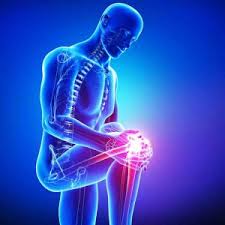



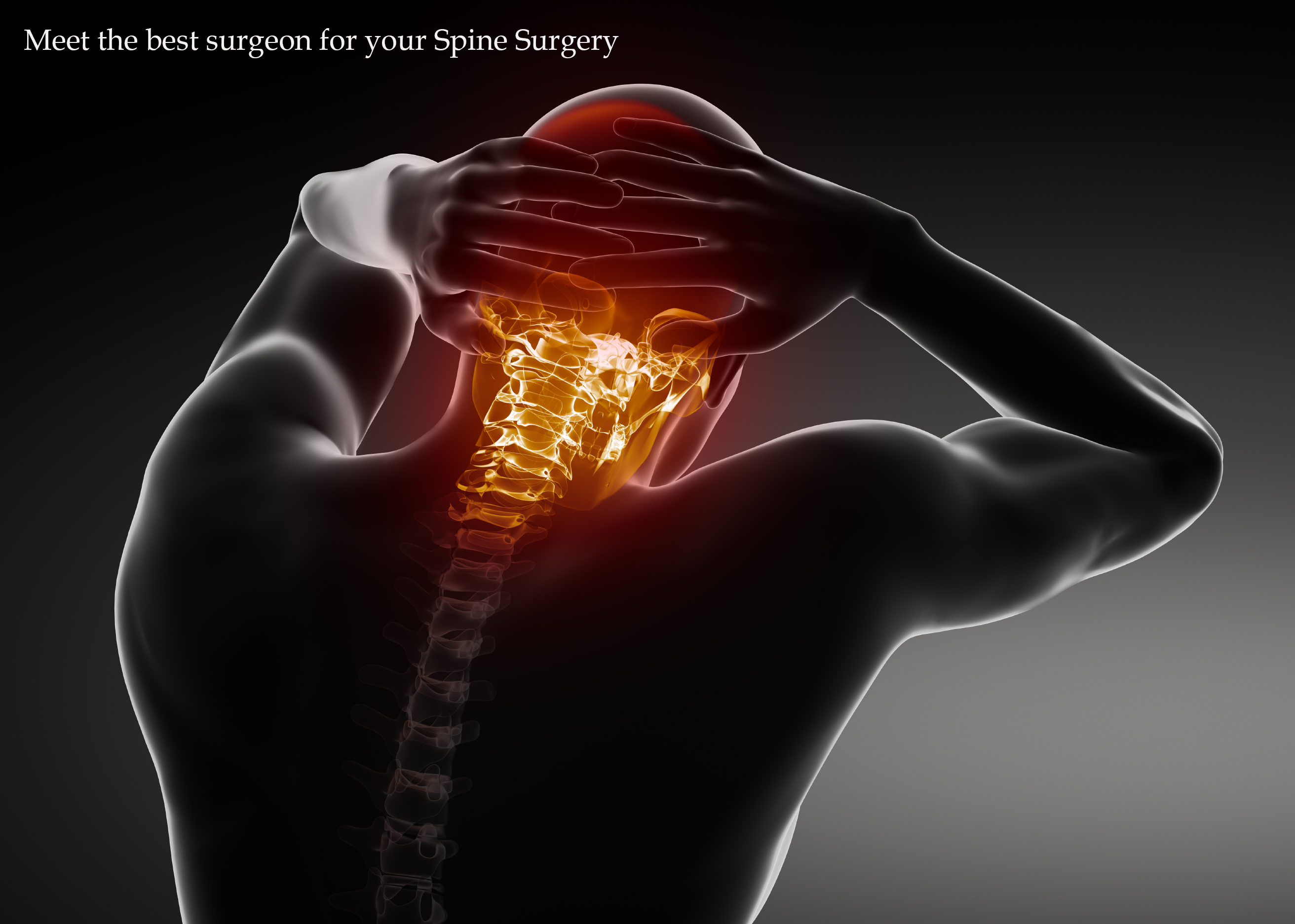



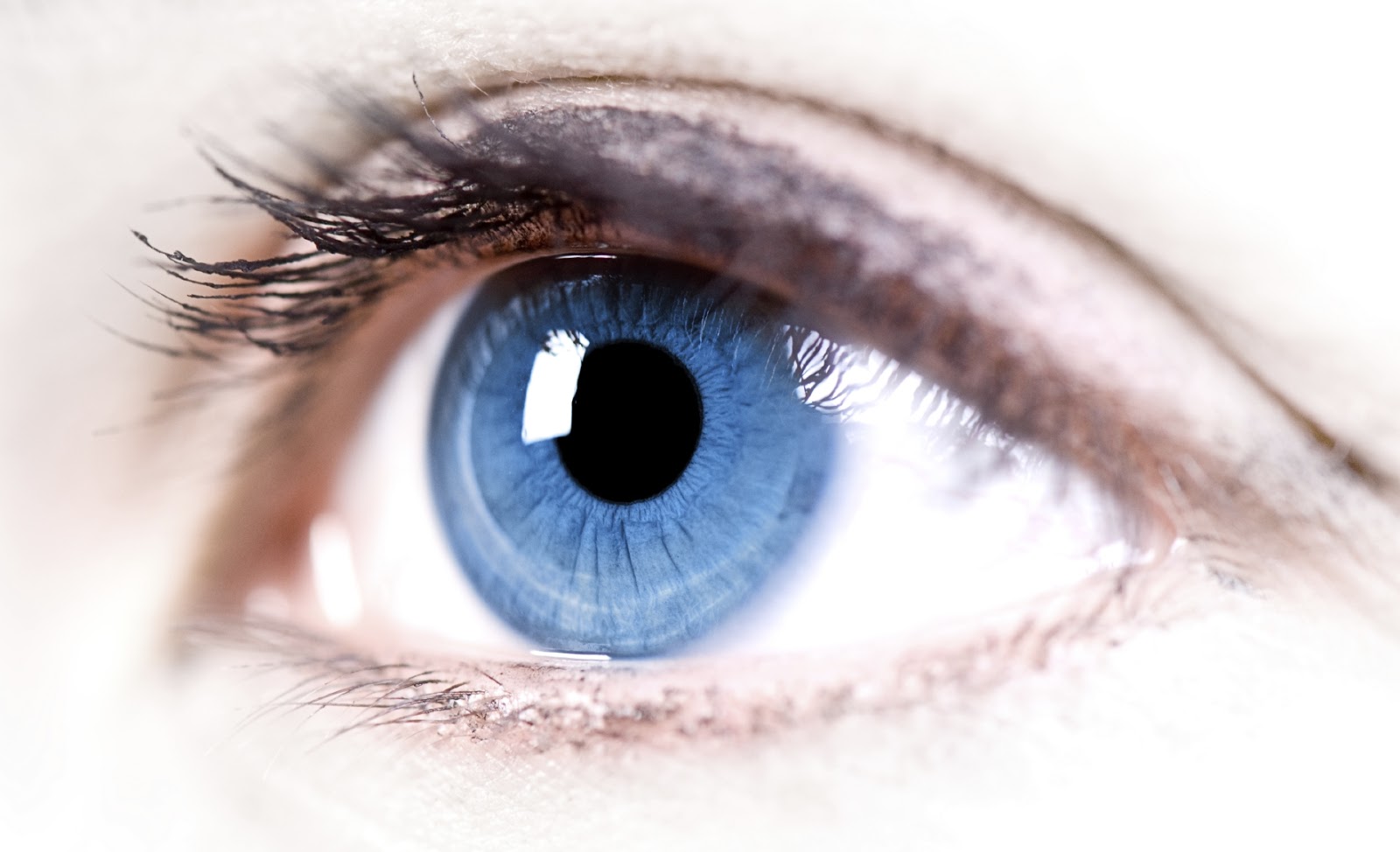

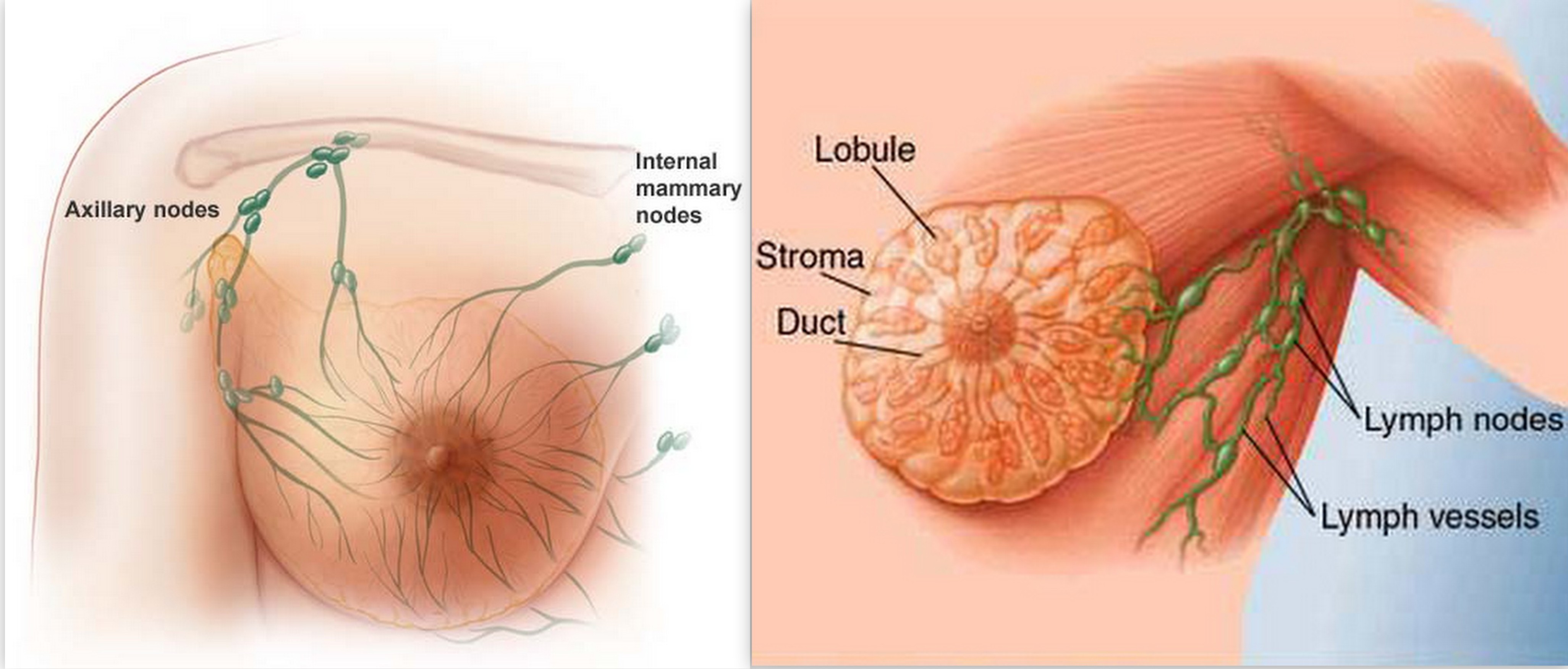

.jpg)
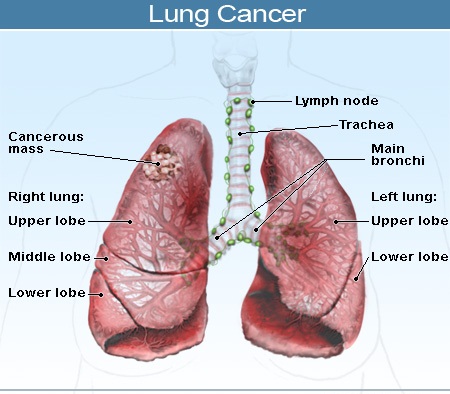
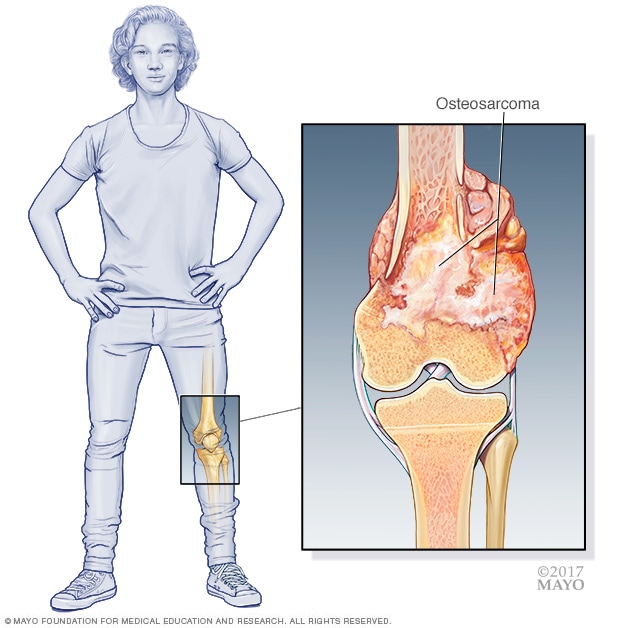
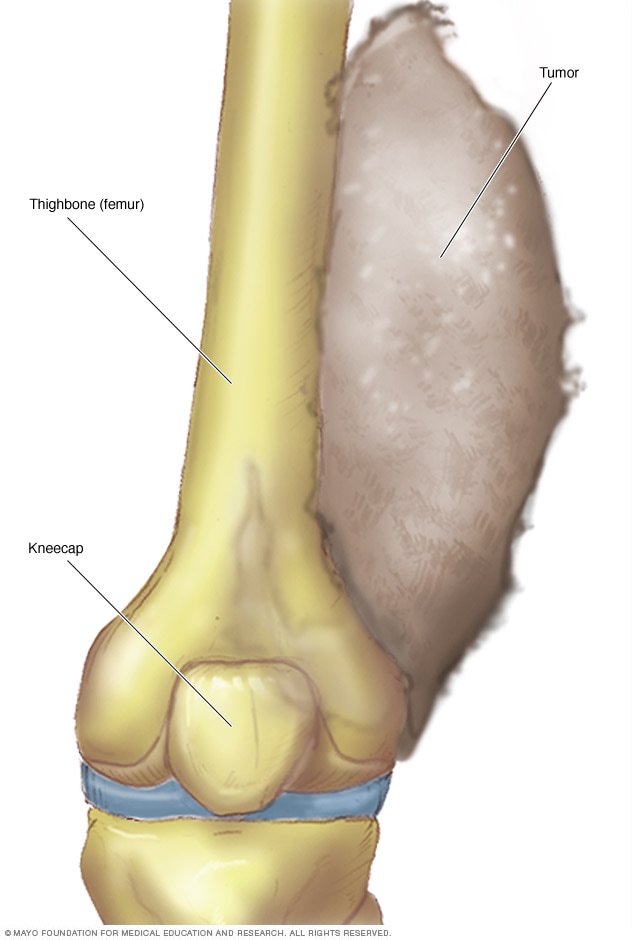





%2Band%2Bcarbuncles.jpg)